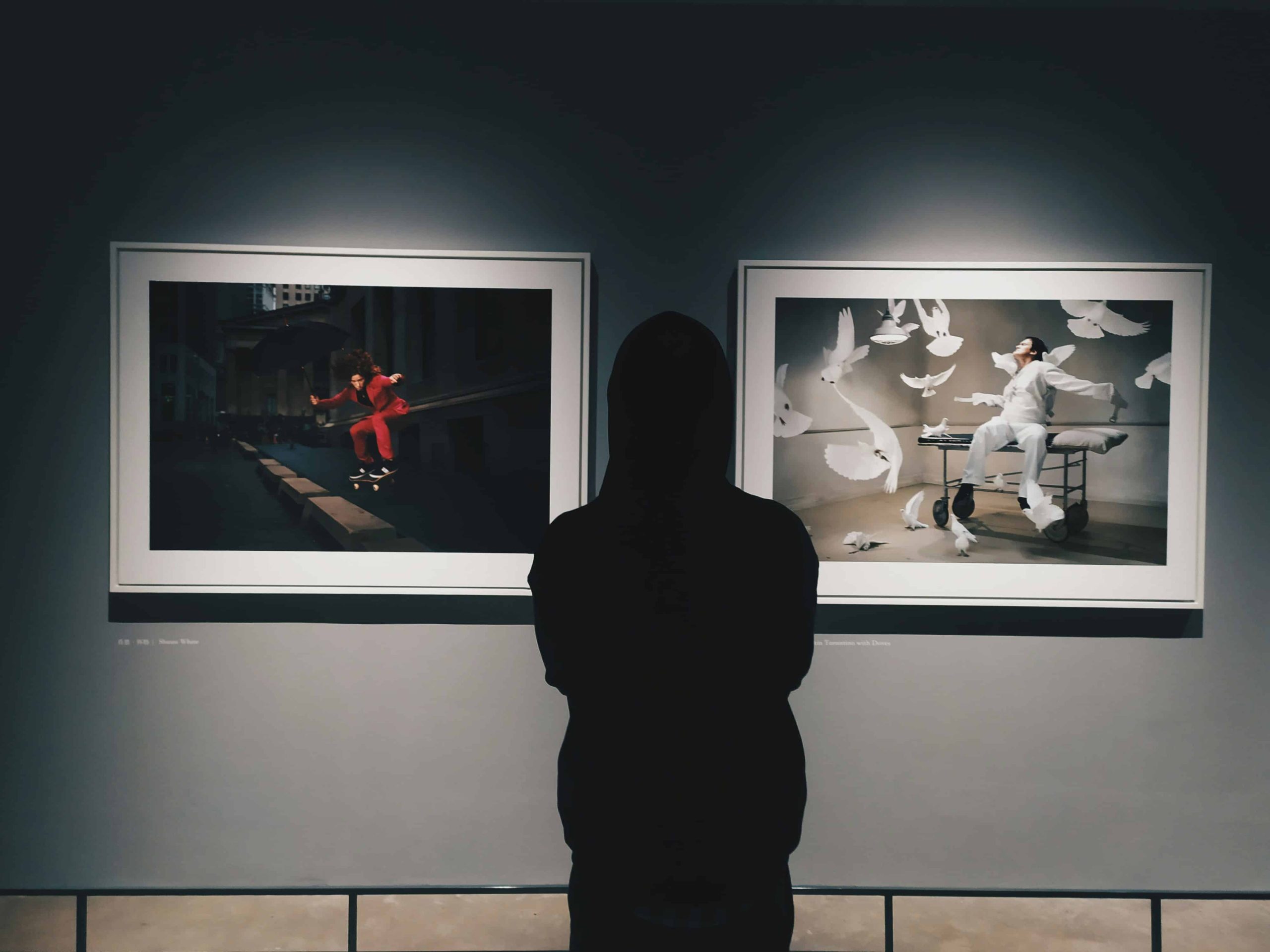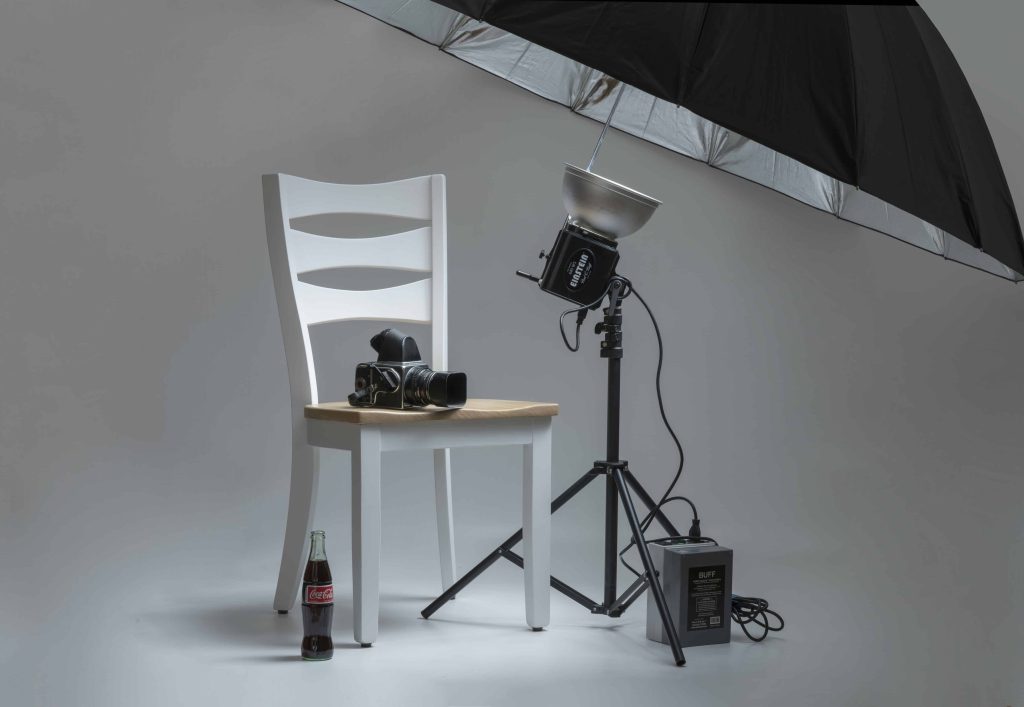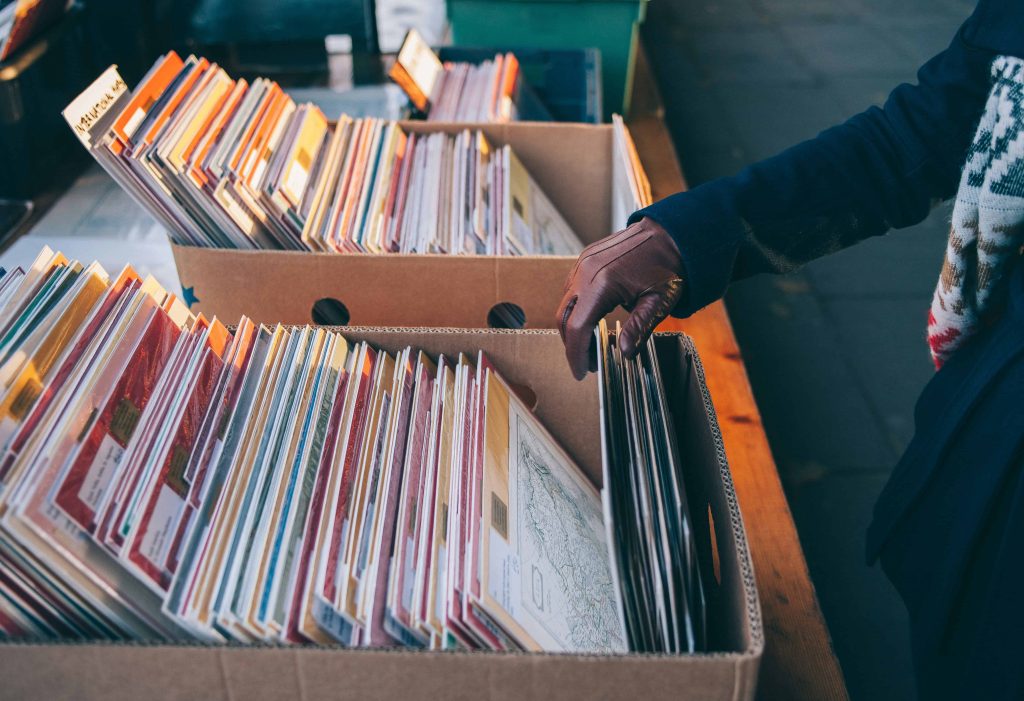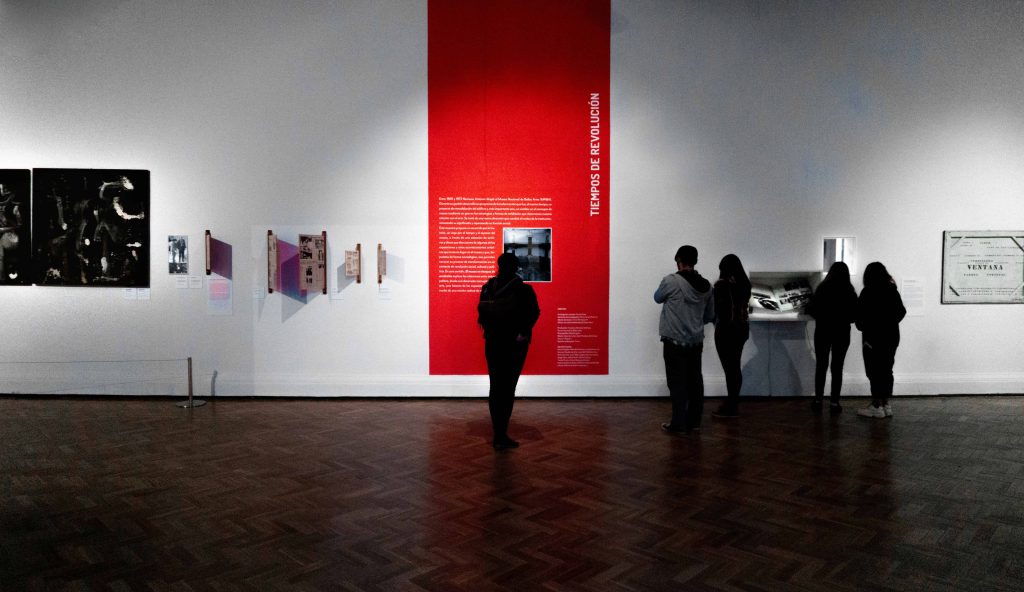
17 Jul Documenting Art: Best Practices for Contemporary Artists
From Studio to Screen: Maximizing Your Art's Impact Through Documentation
In the bustling contemporary art world, where digital presence and portfolios are pivotal, effective art documentation is not just advisable—it’s essential. Artists must adeptly capture their work to showcase it to galleries, collectors, and online audiences. Here, we delve into the best practices for artists to document their art across multiple mediums and contexts.
Art documentation serves as the cornerstone of an artist’s professional identity. Whether for physical portfolios, gallery exhibitions, or online showcases, meticulous documentation ensures that the essence of your creations is faithfully represented. This article explores the significance of art documentation and its diverse purposes in the contemporary landscape.

Capturing Your Artwork
Photography
- Lighting and Background: Proper lighting and backgrounds are paramount for accurate representation. Natural light or diffused studio lighting can enhance details without distorting colors.
- Camera Settings and Techniques: Understanding your camera’s settings and employing techniques like depth of field control can elevate the quality of your photographs.
- Considerations for Different Media: Different art forms require tailored approaches. Techniques for photographing 2D paintings differ from capturing 3D sculptures or intricate installations.
Videography
- Filming Techniques: For performance art or video installations, mastering filming techniques such as framing and pacing is crucial. Attention to detail ensures the viewer experiences the artwork as intended.

Additional Documentation Practices
Process Documentation
Recording your creative process provides invaluable insights into your artistic journey. Documenting each stage—from conception to completion—offers audiences a deeper understanding of your work’s evolution.
Artist Statement and Conceptual Background
Accompanying your art with a well-crafted artist statement elucidates your intentions and influences. Providing a conceptual background enriches viewers’ interpretations and fosters a meaningful connection with your art.
Condition Reports
For delicate or valuable pieces, conducting regular condition reports is imperative. Documenting any changes or damages ensures the preservation and integrity of your artwork over time.
Archiving and File Management
Digital File Formats and Naming Conventions
Choosing appropriate file formats and establishing consistent naming conventions streamlines organization and facilitates accessibility. JPEG or TIFF formats are standard for images, while MP4 or MOV may be preferred for videos.
Storage Solutions
Implementing robust storage solutions safeguards your digital assets against loss or corruption. Utilize a combination of external hard drives and cloud storage for redundancy and accessibility.

Conclusion
In conclusion, effective art documentation is not merely a logistical necessity but a strategic investment in your artistic career. Consistency and quality in documenting your artwork bolster your professional image and enhance your visibility in the competitive art landscape. By adhering to best practices and maintaining an organized archive, artists can confidently navigate the digital age while preserving the essence of their creative expression.
Key Takeaways
- Essentiality of Art Documentation: In today’s art world, thorough documentation is essential for showcasing work to galleries, collectors, and online audiences.
- Capturing Techniques: Mastering photography and videography techniques tailored to different art forms is crucial for accurate representation.
- Additional Documentation Practices: Process documentation, artist statements, and condition reports provide valuable context and ensure the integrity of the artwork.
- Archiving and File Management: Utilizing proper file formats, naming conventions, and storage solutions helps organize digital assets for easy access and preservation.
- Strategic Investment: Effective documentation is not just logistical; it’s a strategic investment in an artist’s career, enhancing visibility and professional image in the competitive art landscape.
FAQs
Why is art documentation crucial for contemporary artists?
Art documentation is vital for artists to establish their professional identity and showcase their work accurately across different platforms. It ensures their creations are faithfully represented, enhancing visibility and credibility in the competitive art world.
What are key practices for effectively capturing artwork?
Effective artwork capture involves mastering photography and videography techniques tailored to different art forms. This includes considerations such as lighting, backgrounds, camera settings, and filming techniques to accurately represent the essence of the artwork.
How can artists manage their art documentation files efficiently?
Efficient management involves choosing appropriate digital file formats and naming conventions for images and videos. Additionally, utilizing storage solutions like external hard drives and cloud storage ensures the preservation and accessibility of artwork over time.
Connect with the voices shaping the future of art as they share their experiences, insights, and visions for a more inclusive and vibrant creative landscape.

